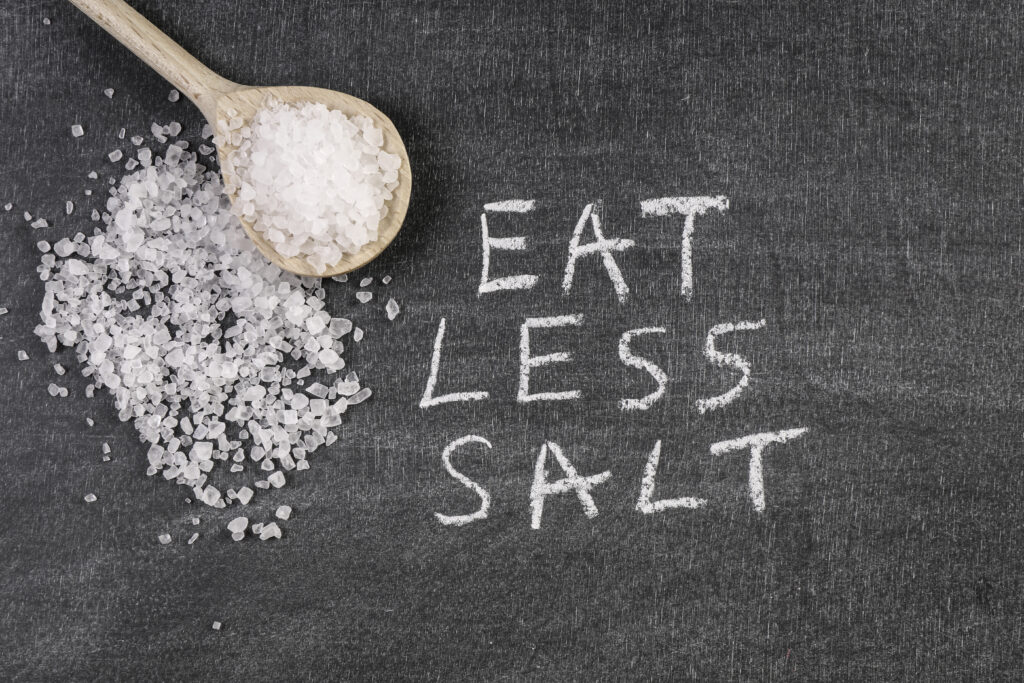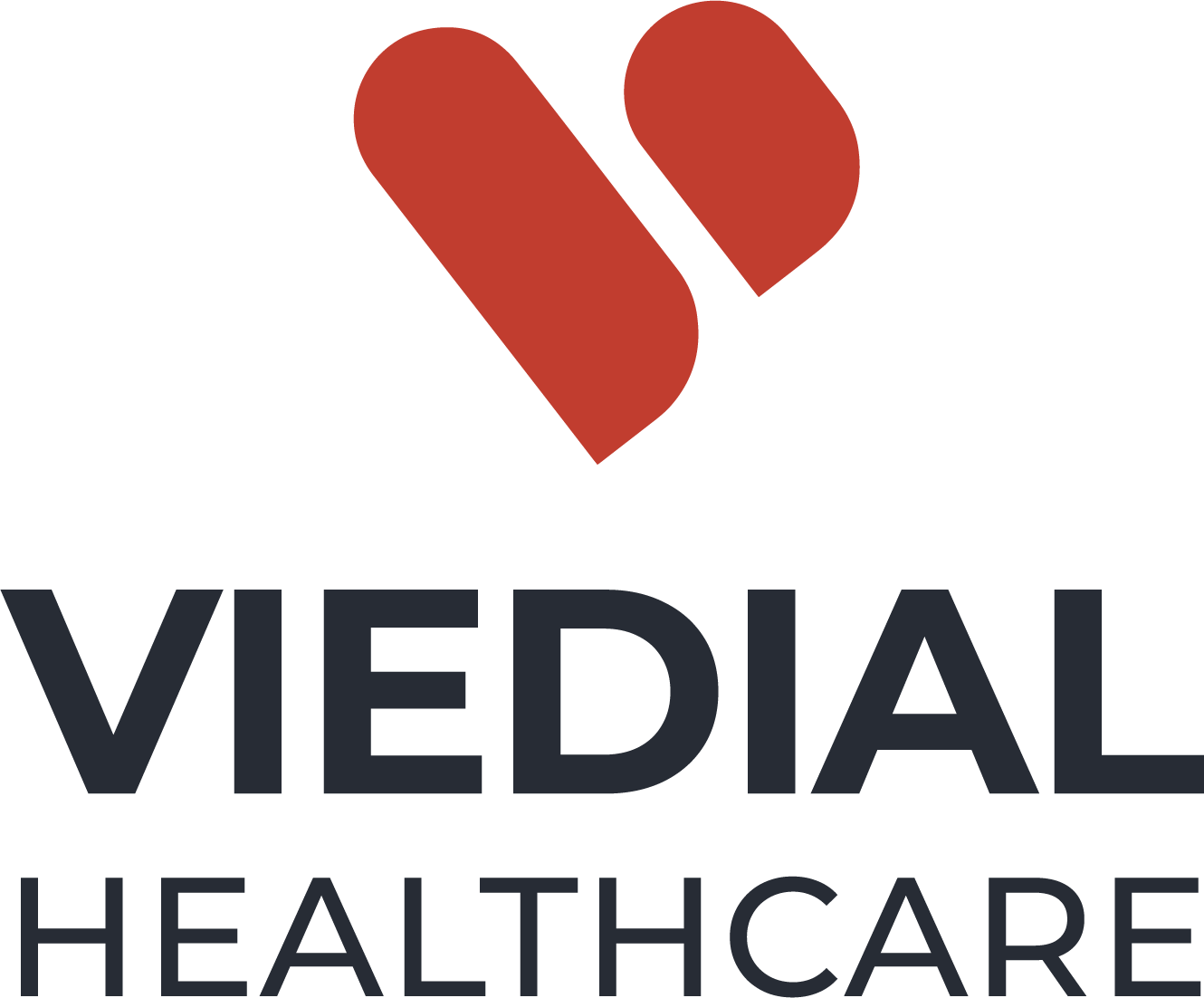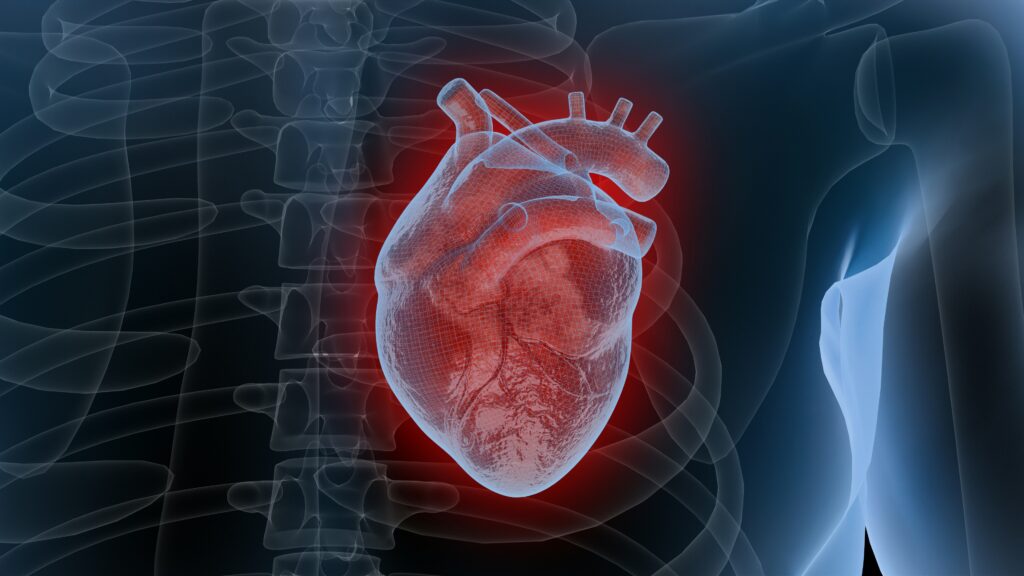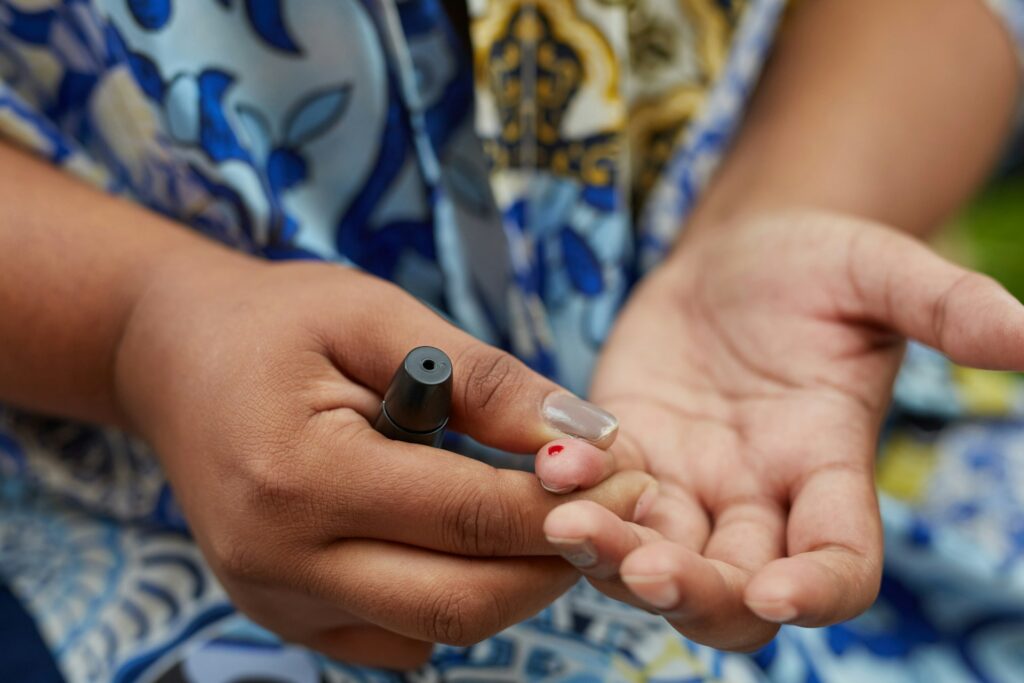
How To Lower Sodium Levels In Your Diet Quickly
Sodium is not one of those nutrients that the body needs in large amounts. The body needs very little amounts of sodium. As little as 1, 500 to 2, 300 milligrams of sodium a day. Consuming higher amounts leads to chronic diseases like hypertension.
Excessive sodium intake is a lurking concern in modern diets. The increasing reliance on processed foods, fast foods, and dining out makes it challenging for many individuals to maintain optimum sodium levels. However, understanding how to lower sodium levels swiftly and efficiently can have profound effects on one’s health, particularly regarding cardiovascular wellness. With holistic strategies and tools like the Viedial app, achieving and maintaining a balanced sodium intake becomes an attainable goal. Let’s explore the paths to a sodium reduced diet.
Decoding Food Labels
One of the most effective strategies when determining how to lower sodium levels is to dive deep into the world of food labels. The modern supermarket is a maze of choices, with various products vying for our attention. While the front of the package might scream “low fat” or “healthy choice,” the sodium content can often tell a different story. To navigate this landscape, it’s crucial to arm ourselves with the knowledge to decode these labels.
Sodium, a component of salt, is ubiquitous in many foods. However, its presence is not always evident at first glance. It can be cleverly hidden under various names, making it challenging for the average shopper to discern the actual sodium content. Terms like “monosodium glutamate,” “sodium bicarbonate,” “sodium citrate,” and “disodium phosphate” are all indicators of added sodium. Even products labeled “reduced sodium” can still contain higher levels than what’s recommended for daily intake.
Opting for Fresh Over Processed
Modern convenience often comes at a cost, especially when it relates to our food choices. Processed foods have become staples in many households due to their ease of preparation and long shelf life. But they are also significant culprits in the overconsumption of sodium. In many instances, salt is added to these foods not just for taste, but also for preservation and texture enhancement.
When considering how to lower sodium levels, pivoting towards fresh foods is a transformative decision. Fresh vegetables, fruits, lean meats, and whole grains naturally contain minimal sodium. Moreover, they offer a myriad of other nutritional benefits, ranging from essential vitamins and minerals to fiber and antioxidants. Opting for fresh ingredients is like choosing a double edged sword: on one side, you are reducing harmful components like excessive sodium, and on the other, you’re enriching your diet with beneficial nutrients.
Making this shift does not necessitate a complete banishment of processed foods. Instead, it’s about being selective and balancing them with fresh ingredients. It’s about creating a dietary environment where fresh, wholesome foods dominate, ensuring not just reduced sodium intake but also a more nutritious and vibrant diet.
Mindful Cooking Techniques
Cooking at home provides a unique advantage: complete control over ingredients and preparation methods. When pondering how to lower sodium levels, modifying cooking techniques can have a transformative effect. Instead of relying on salt for flavor, why not experiment with fresh herbs, spices, or citrus zest? Techniques like grilling, roasting, or steaming can enhance the natural flavors of ingredients, reducing the need for additional salt. Additionally, when using canned goods, opting for “no salt added” versions or rinsing them thoroughly can significantly reduce sodium content.
Beverage Choices Matter
It’s not just solid foods that contribute to our sodium intake. Beverages, particularly certain packaged drinks, can be sources of hidden sodium. By being discerning about drink choices, one can substantially cut back on sodium. Water, naturally, is the best choice. For those seeking flavor, infusing water with fresh fruits, herbs, or even a splash of lemon can offer a refreshing taste sans the sodium. Moreover, reducing the intake of sodas and some sports drinks can aid in maintaining a sodium balance.
Harnessing Technology for Dietary Insights
Modern problems require modern solutions. In today’s tech savvy era, leveraging digital tools can provide valuable insights into one’s dietary patterns. The Viedial app, for instance, offers a comprehensive breakdown of nutrient intake, including sodium. By integrating such technology into daily life, tracking and understanding sodium consumption becomes more accessible and precise. With real time feedback and personalized insights, apps like Viedial can guide individuals towards healthier dietary decisions, acting as a roadmap for how to lower sodium levels effectively.
Prioritizing Holistic Health
In the grand scheme of health and wellness, focusing solely on sodium can be limiting. True health arises from a holistic approach, where every dietary choice, activity, and lifestyle habit intertwines to create a tapestry of wellbeing. Reducing sodium is not an isolated act but part of a broader commitment to health, encompassing balanced nutrition, regular exercise, stress management, and mindfulness. When one begins to view health in this encompassing manner, the path to reduced sodium becomes a natural progression towards holistic wellness.
The journey to understand how to lower sodium levels is an essential step towards cardiovascular health solution and overall well being. With awareness, proactive strategies, and the integration of modern tools like the Viedial app, achieving a balanced sodium intake becomes both achievable and sustainable.



